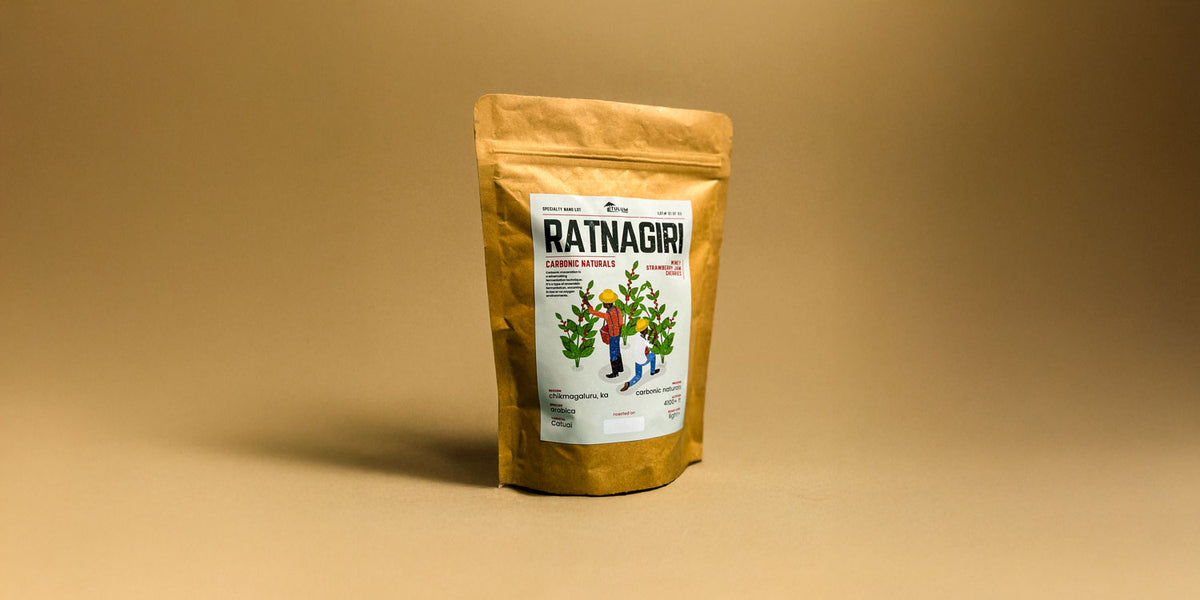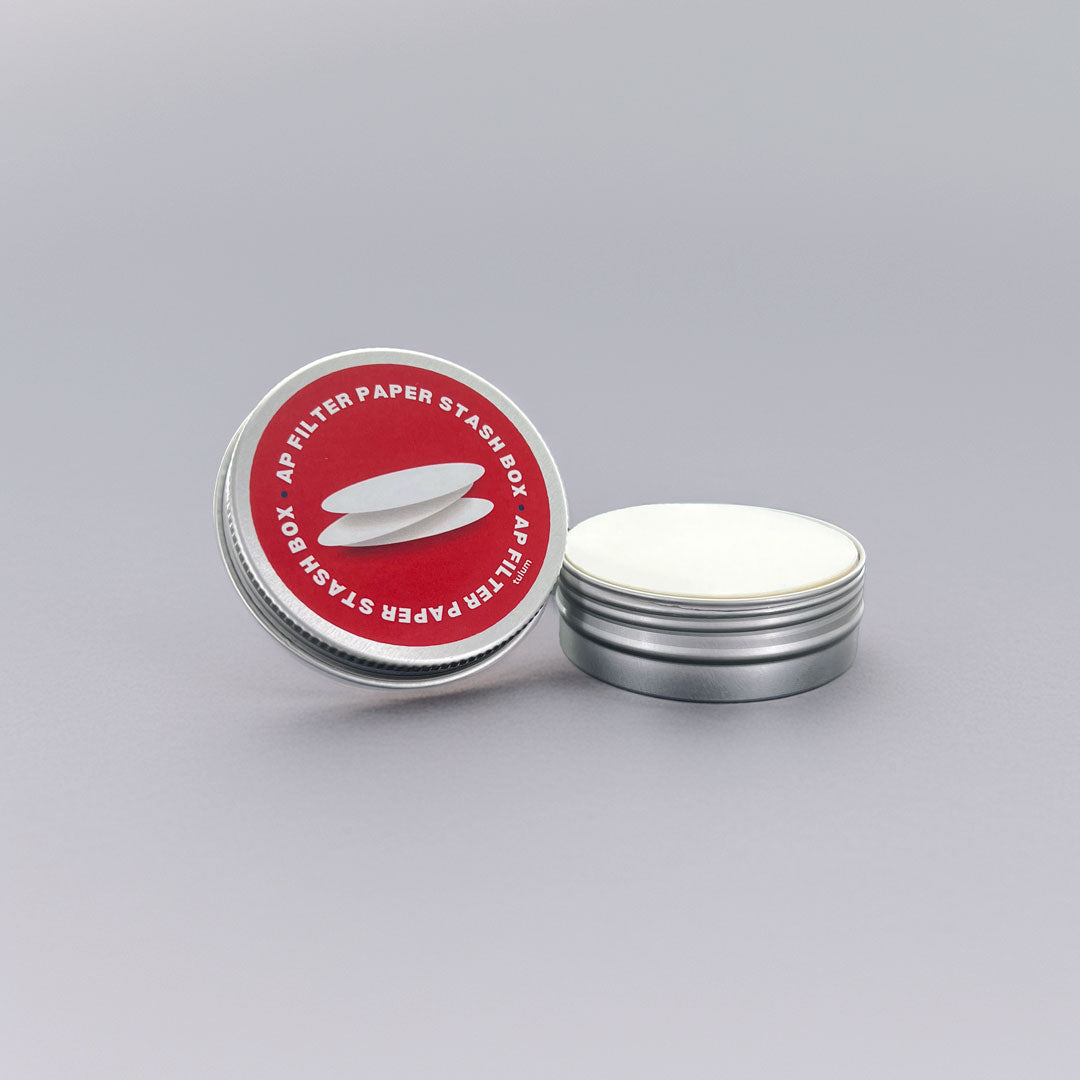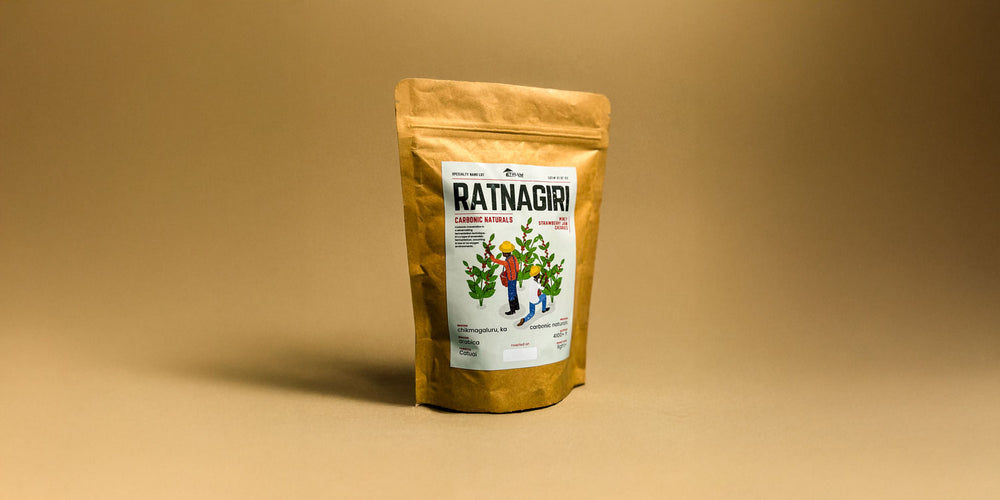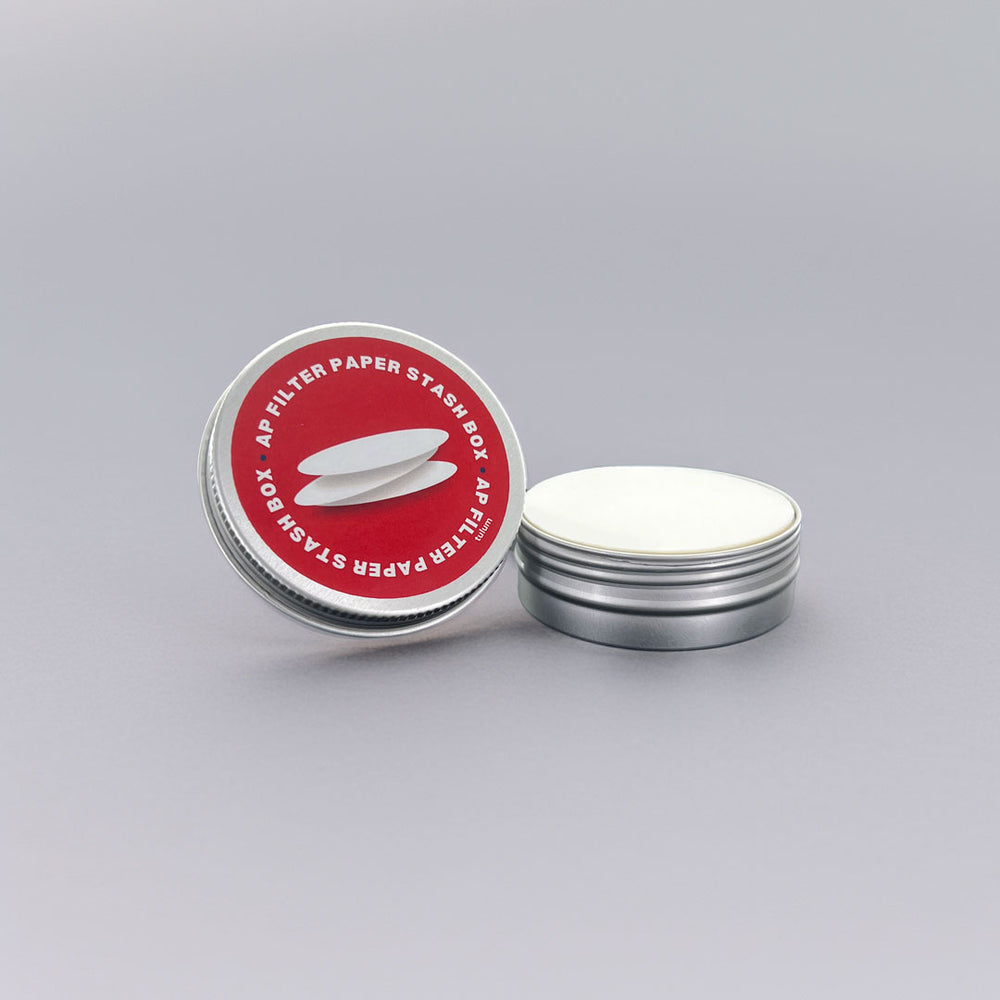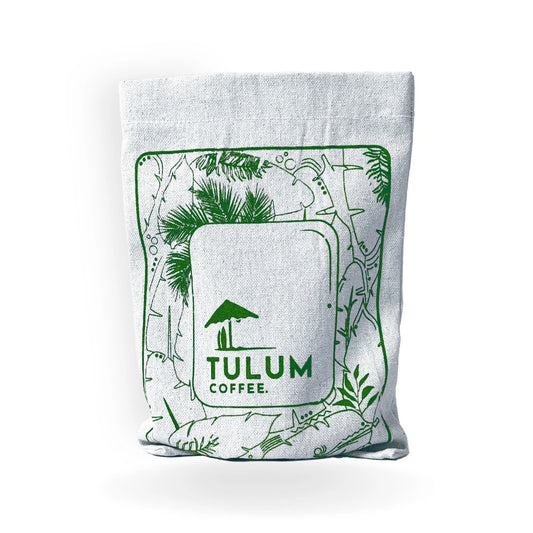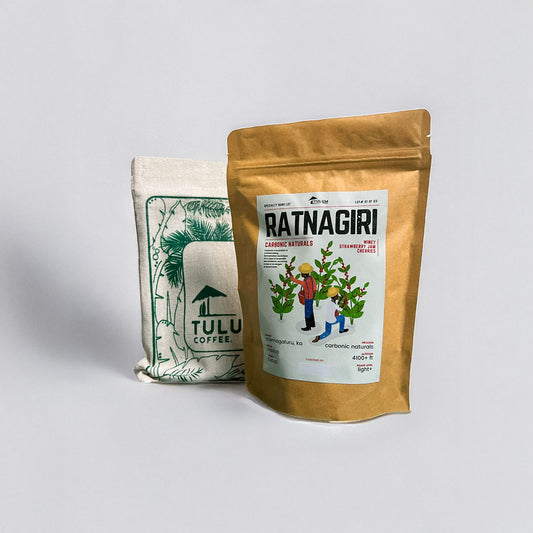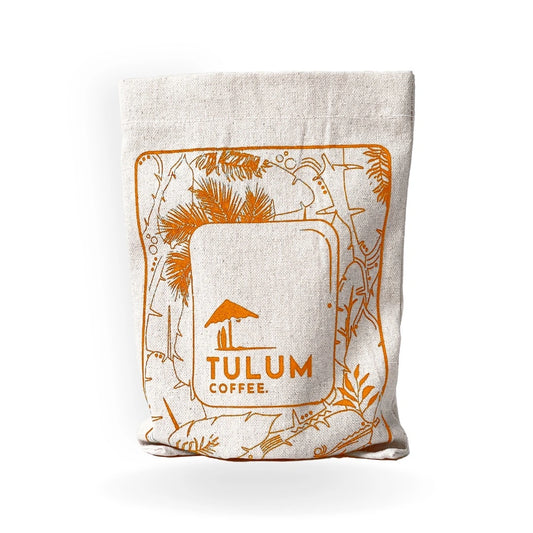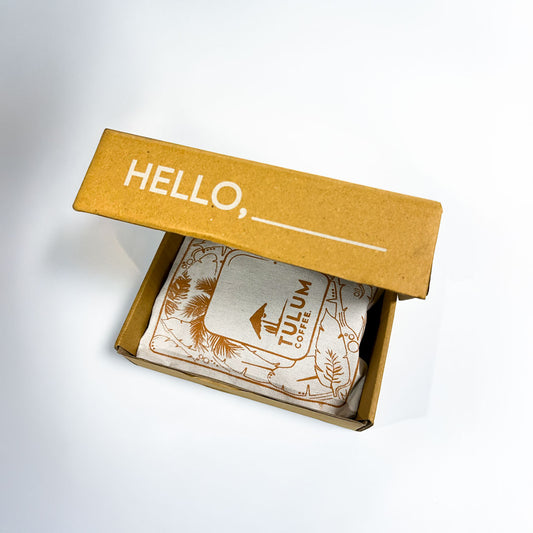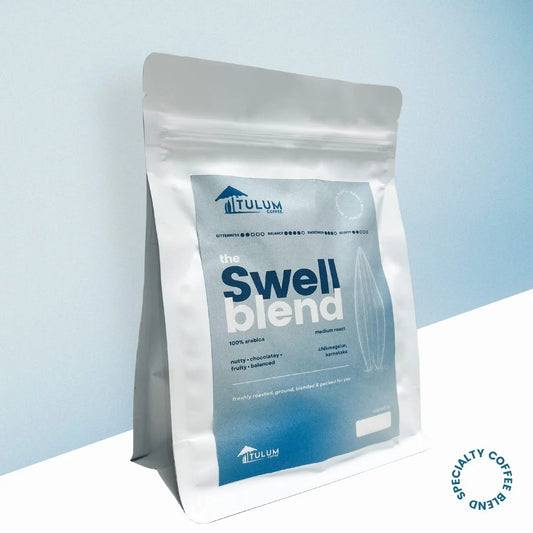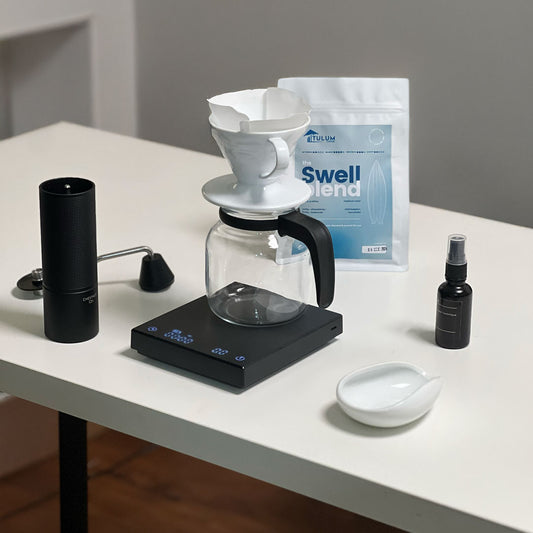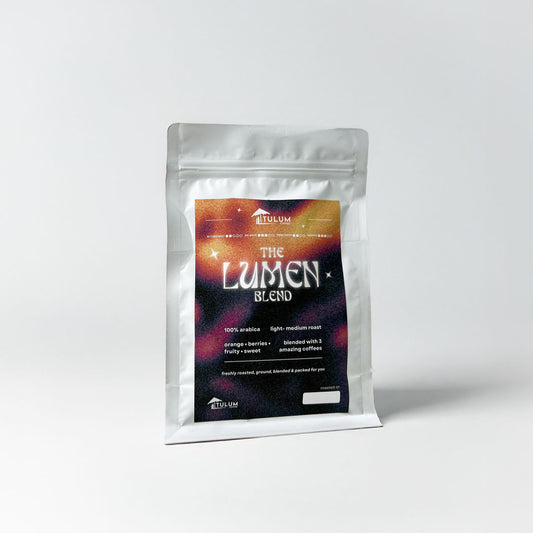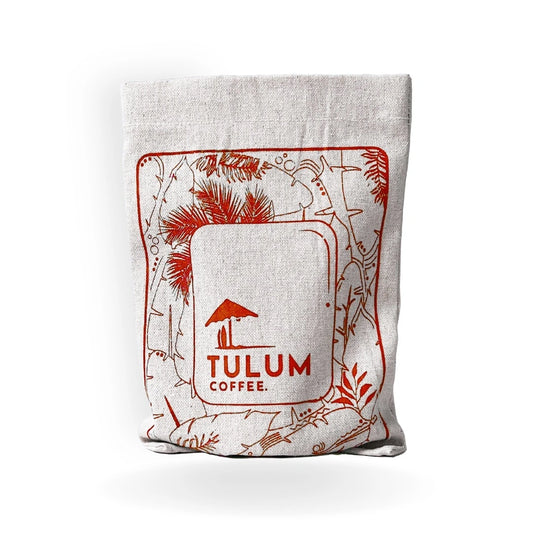Top 5 Ways to Foam Milk At Home
Share
There are various methods you can use to froth milk at home. Whether you're a coffee enthusiast or just someone who appreciates a well-frothed hot chocolate, these techniques will elevate your homemade beverages to a whole new level. In this guide, we'll explore five creative ways to foam milk at home.
1. Espresso Machine 
Ingredients and Equipment:
- Espresso machine with a steam wand
- Milk (preferably cold and fresh)
- A stainless steel frothing pitcher
- Thermometer (optional)
- Espresso cup
Steps:
-
Prepare the Espresso Machine:
- Ensure that your espresso machine is clean and in proper working condition. It should be warmed up and ready to produce steam.
-
Pour Cold Milk into the Frothing Pitcher:
- Pour the desired amount of cold milk into a stainless steel frothing pitcher. Use fresh, cold milk for the best results. It's recommended to fill the pitcher only about one-third full to allow space for expansion as the milk froths.
-
Purge the Steam Wand:
- Before frothing, open the steam wand for a few seconds to purge any water that might be trapped inside. This ensures that you get dry steam for frothing.
-
Position the Steam Wand:
- Place the frothing pitcher with the milk under the steam wand. The tip of the wand should be just below the surface of the milk but not touching the bottom of the pitcher.
-
Start Frothing:
- Turn on the steam wand to release steam into the milk. The steam will create small, fine bubbles as it's injected into the milk.
-
Position the Wand Correctly:
- Keep the wand positioned just below the surface of the milk, close to the pitcher's edge. The angle should be such that it creates a whirlpool motion in the milk, which helps evenly distribute the foam.
-
Monitor the Temperature (Optional):
- If you have a thermometer, you can monitor the milk's temperature during frothing. The ideal temperature for microfoam is around 150°F (65°C). However, be cautious not to overheat the milk, as it can scorch and lose its sweetness.
-
Aim for Microfoam:
- As you continue frothing, you'll notice the milk expanding and becoming frothy. Aim for a velvety microfoam with tiny, fine bubbles rather than large, airy foam. This is what creates the creamy texture and sweet taste.
-
Stop Frothing and Clean the Steam Wand:
- When the milk reaches the desired temperature and texture, turn off the steam wand and remove the frothing pitcher from under it.
-
Tap and Swirl:
- Gently tap the pitcher on a countertop to break any large bubbles, and then swirl the milk to integrate the foam and milk together.
-
Pour and Serve:
- Immediately pour the foamed milk into your espresso shot to create a delicious latte or cappuccino. Be artistic with your pour to achieve latte art if desired.
2. Milk Frother 
Ingredients and Equipment:
- Milk (preferably cold and fresh)
- Milk frother (handheld or built into an espresso machine)
- A heatproof frothing pitcher (if using a handheld frother)
- Espresso cup or serving mug
Steps:
1. Choose Cold Milk:
- Start with cold milk, preferably fresh and cold from the refrigerator. Whole milk tends to produce creamier foam, but you can use any milk of your choice, including dairy alternatives like almond, soy, or oat milk.
2. Fill the Frothing Pitcher (If Using):
- If you're using a handheld milk frother and a separate frothing pitcher, pour the desired amount of milk into the pitcher. Fill it to about one-third full to allow space for the milk to expand as it froths.
3. Position the Frother:
- If you have a handheld frother, submerge the frother's whisk or wand into the milk, making sure it's close to the bottom of the pitcher. If your frother is built into an espresso machine, position the steam wand over the milk.
4. Froth the Milk:
- Turn on the milk frother or steam wand. The frother will create a whirlpool effect in the milk, introducing air and frothing it up.
5. Monitor the Temperature (Optional):
- If you have a thermometer, you can monitor the milk's temperature as it froths. The ideal temperature for microfoam is around 150°F (65°C). Be cautious not to overheat the milk, as it can scorch and lose its sweetness.
6. Aim for Microfoam:
- Whether using a handheld frother or steam wand, the goal is to create microfoam with small, fine bubbles. This texture is essential for achieving a creamy and velvety milk foam.
7. Stop Frothing:
- When the milk reaches the desired temperature and texture, turn off the milk frother or steam wand. Remove the frother wand (if using a handheld frother) and give the milk a quick stir to integrate any remaining foam.
8. Pour and Serve:
- Immediately pour the frothed milk into your espresso shot, coffee, or hot chocolate to create your desired beverage. Be creative with your pour to achieve latte art if you like.
9. Clean the Frother:
After each use, make sure to clean the milk frother to prevent milk residue buildup and maintain its performance.
3. French Press
Ingredients and Equipment:
- Milk (preferably cold and fresh)
- French press
- A heatproof frothing pitcher (optional)
- Espresso cup or serving mug
Steps:
1. Choose Cold Milk:
- Start with cold milk, preferably fresh and cold from the refrigerator. The milk's temperature plays a role in achieving good froth.
2. Heat the Milk (Optional):
- You can choose to heat the milk before frothing it, but this step is optional. If you want a hot beverage, warm the milk in a saucepan or microwave until it's pleasantly warm but not boiling.
3. Pour Milk into the French Press:
- If you've heated the milk, pour it into the French press. If you prefer cold frothed milk, you can skip this step and pour cold milk directly into the French press.
4. Assemble the French Press:
- Place the lid on the French press without pressing down the plunger. Ensure the plunger is fully up.
5. Pump and Froth:
- With the French press assembled and the milk inside, start rapidly pumping the plunger up and down. The goal is to introduce air into the milk and create froth.
6. Continue Pumping:
- Keep pumping the plunger vigorously for about 30 seconds to a minute. The more you pump, the frothier the milk will become. The mesh filter of the French press helps in this process.
7. Monitor Froth Thickness:
- As you pump, you'll notice the milk frothing and expanding. Aim for a creamy, microfoam texture with small, fine bubbles. This is what makes for a rich, velvety foam.
8. Pour and Serve:
- Once you're satisfied with the froth's thickness, pour the frothed milk into your espresso shot, coffee, or hot chocolate, creating your desired beverage. Be artistic with your pour to achieve latte art if desired.
9. Clean the French Press:
After each use, make sure to clean the French press thoroughly to remove any milk residue and maintain its freshness.
4. Electric Hand Mixer
Ingredients and Equipment:
- Milk (preferably cold and fresh)
- Electric hand mixer
- A heatproof frothing pitcher (optional)
- Espresso cup or serving mug
Steps:
1. Choose Cold Milk:
- Start with cold milk, preferably fresh and cold from the refrigerator. Cold milk froths better.
2. Pour Milk into a Frothing Pitcher (Optional):
- If you have a separate frothing pitcher, pour the desired amount of milk into it. Leave some space at the top to accommodate frothing.
3. Prepare the Electric Hand Mixer:
- Attach the mixing beaters or whisk attachments to your electric hand mixer.
4. Begin Mixing:
- Submerge the beaters or whisk attachments into the milk. Turn on the hand mixer to its lowest setting.
5. Gradually Increase Speed:
- As the milk starts to froth and expand, gradually increase the speed of the hand mixer to medium-high. This will incorporate more air and create a denser froth.
6. Monitor Froth Thickness:
- Watch the milk closely as it froths. Aim for a creamy, microfoam texture with small, fine bubbles. Be careful not to overmix, as this can lead to large bubbles and a less creamy texture.
7. Stop Mixing:
- As soon as the milk reaches the desired frothiness, turn off the electric hand mixer. This typically takes only a few seconds.
8. Pour and Serve:
- Immediately pour the frothed milk into your espresso shot, coffee, or hot chocolate, creating your desired beverage. Be artistic with your pour to achieve latte art if desired.
9. Clean the Hand Mixer:
- After each use, make sure to clean the beaters or whisk attachments and the hand mixer itself to remove any milk residue and maintain its performance
5. Whisking
Ingredients and Equipment:
- Milk (preferably cold and fresh)
- Whisk (a wire whisk works best)
- Saucepan or microwave-safe container
- Heatproof frothing pitcher (optional)
- Espresso cup or serving mug
Steps:
1. Choose Cold Milk:
- Start with cold milk, preferably fresh and cold from the refrigerator. Cold milk tends to froth better.
2. Measure the Milk:
- Measure the desired amount of milk you want to froth. If you have a separate frothing pitcher, you can pour the milk into it. Leave some space at the top to accommodate frothing.
3. Heat the Milk (Optional):
- If you prefer a hot beverage, warm the milk in a saucepan or microwave until it's pleasantly warm but not boiling. This step is optional, as you can also froth cold milk.
4. Whisk Vigorously:
- Submerge the whisk into the milk, whether it's warm or cold. Begin whisking vigorously in a back-and-forth motion. The goal is to introduce air into the milk and create froth.
5. Maintain a Steady Pace:
- Keep whisking at a steady pace, ensuring that you are agitating the milk thoroughly. The more you whisk, the frothier the milk will become.
6. Monitor Froth Thickness:
- Watch the milk closely as it froths. Aim for a creamy, microfoam texture with small, fine bubbles. Be cautious not to overwhisk, as this can lead to larger bubbles and a less creamy texture.
7. Stop Whisking:
- As soon as the milk reaches the desired frothiness, stop whisking. This usually takes a few minutes of vigorous whisking.
8. Pour and Serve:
- Immediately pour the frothed milk into your espresso shot, coffee, or hot chocolate, creating your desired beverage. Be artistic with your pour to achieve latte art if desired.
9. Clean the Whisk:
- After each use, make sure to clean the whisk thoroughly to remove any milk residue and maintain its performance.
Conclusion
Mastering the art of foaming milk at home opens up a world of possibilities for elevating your coffee, hot chocolate, and other beverages. We've explored five distinct methods to achieve that creamy frothiness, each with its own unique appeal and advantages.
These techniques not only allow you to enjoy cafe-quality beverages in the comfort of your home but also empower you to tailor the frothing process to your taste. Whether you prefer hot or cold frothed milk, a dense microfoam, or a light froth, these methods offer flexibility and creativity in crafting your perfect drink.
So, the next time you crave a frothy latte, cappuccino, or hot chocolate, don't hesitate to explore these home-friendly frothing methods. With practice and a bit of experimentation, you'll become a skilled barista in your own kitchen, delighting in frothy, cafe-style beverages without the need for specialized frothing equipment. Cheers to indulging in your favorite frothy creations, right at home!


